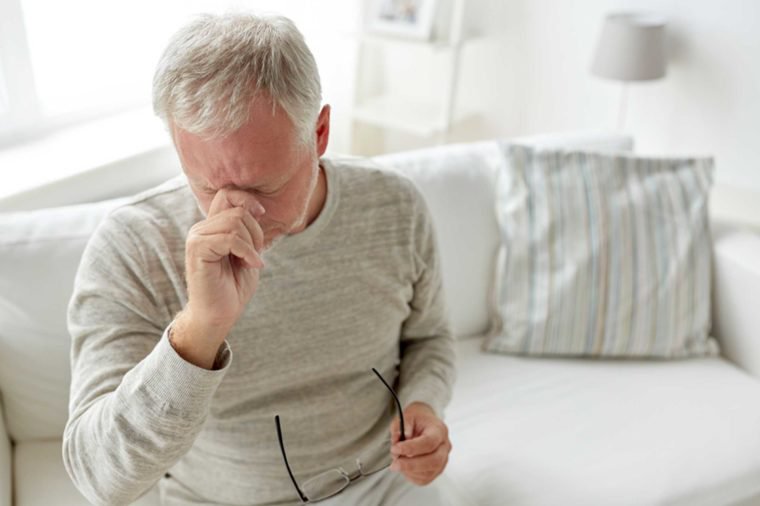
Stroke
While many of the risk factors for stroke are the same for both genders, including a family history of stroke, high blood pressure and high cholesterol, some risk factors are unique to women. These include taking birth control pills, being pregnant, using hormone replacement therapy (HRT), having frequent migraine headaches, and having a thick waist, a common trait in postmenopausal women.
These reasons may substantiate why about 55,000 more women have a stroke each year than men, explains Dr. Movassaghi. “Another possible explanation is women’s longer average life span, since advancing age is a key element in stroke risk.” Symptoms of stroke are often different, too.
As Thomas C. Royer, MD, co-author of Breaking Out of the Health Care Abyss: Transformational Tips for Agents of Change, points out, men often showcase classic complaints of numbness and weakness of an extremity, difficulty walking, double vision, and sensory abnormalities, while women often complain of generalized weakness, altered mental status and fever, and hence, often have a “missed-diagnosis” until the stroke is full-blown.

























